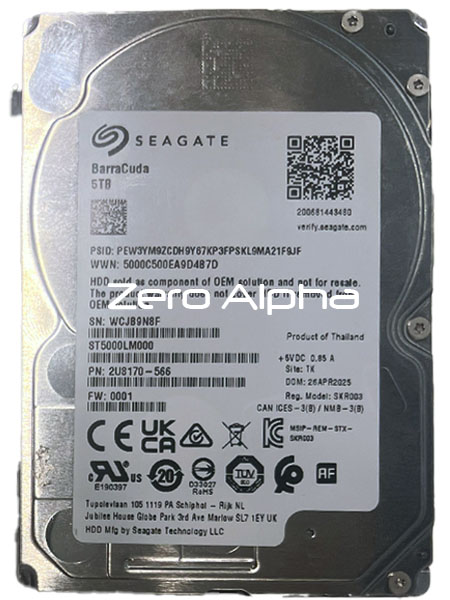Seagate ST4000VN000 Data Recovery
Zero Alpha offers professional data recovery for Seagate ST4000VN000 hard drives. These reliable 4TB HDDs are commonly used in NAS systems and desktop storage solutions. Users may experience problems such as clicking noises, drive not detected, or data corruption due to power surges or physical damage. We accept mail in jobs from Australia and worldwide.

Seagate ST4000VN000 Common Problems
- Drive not detected in BIOS or operating system
- Clicking or beeping noises from the hard drive
- Firmware corruption or slow responding drive
- Bad sectors or unreadable partitions
- Electrical damage from power surges
- Physical damage due to drops or vibration
ST4000VN000 Data Recovery Caselog
13Nov25: Drive is clicking, needs headswap.
Head vendor.............. : default
RRO mode................. : 0005
Preamp type.............. : 05B8